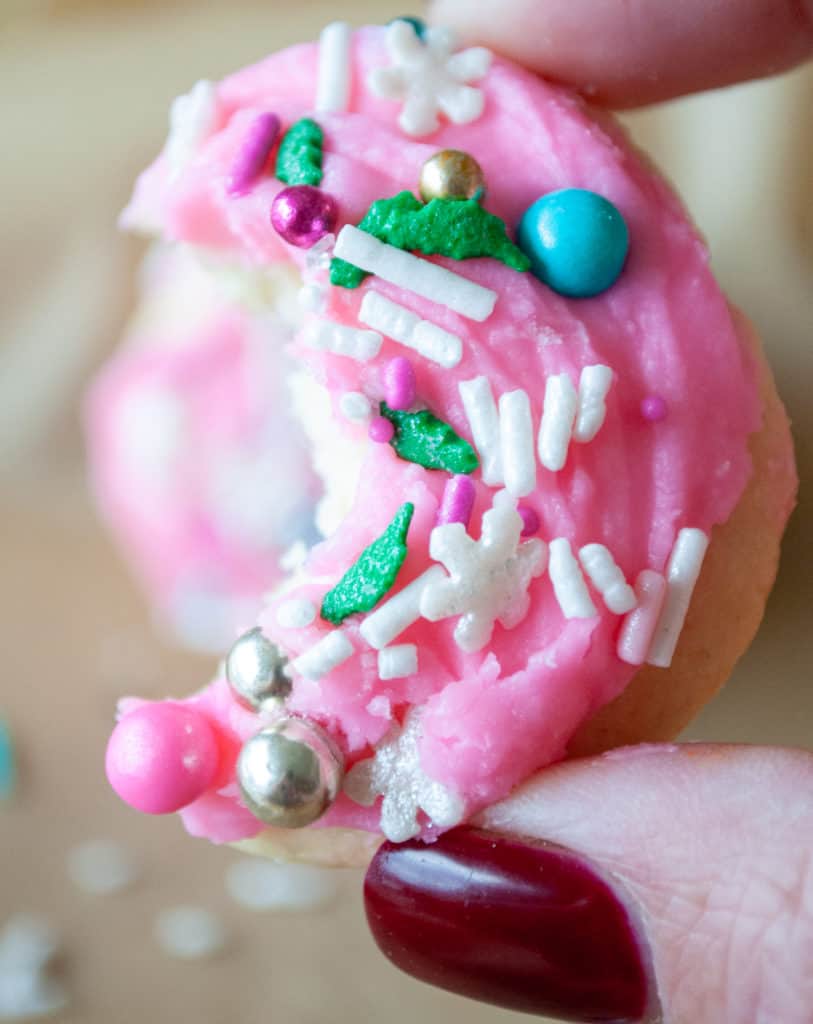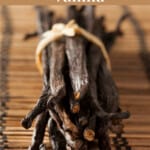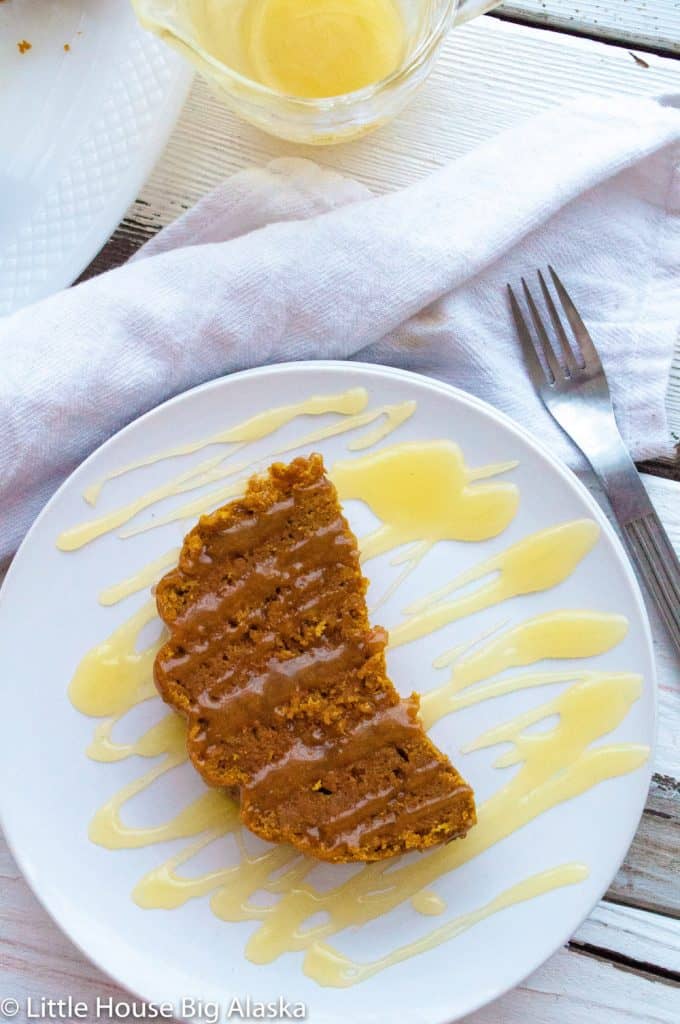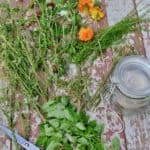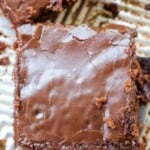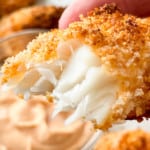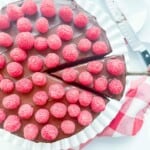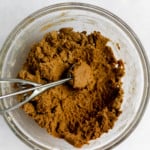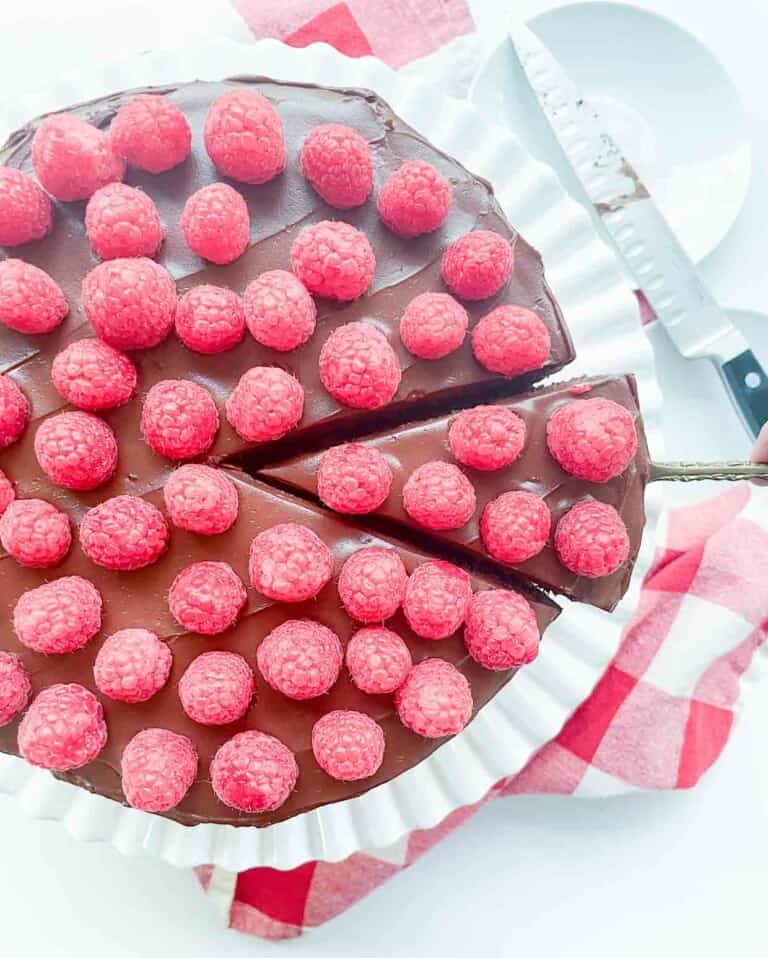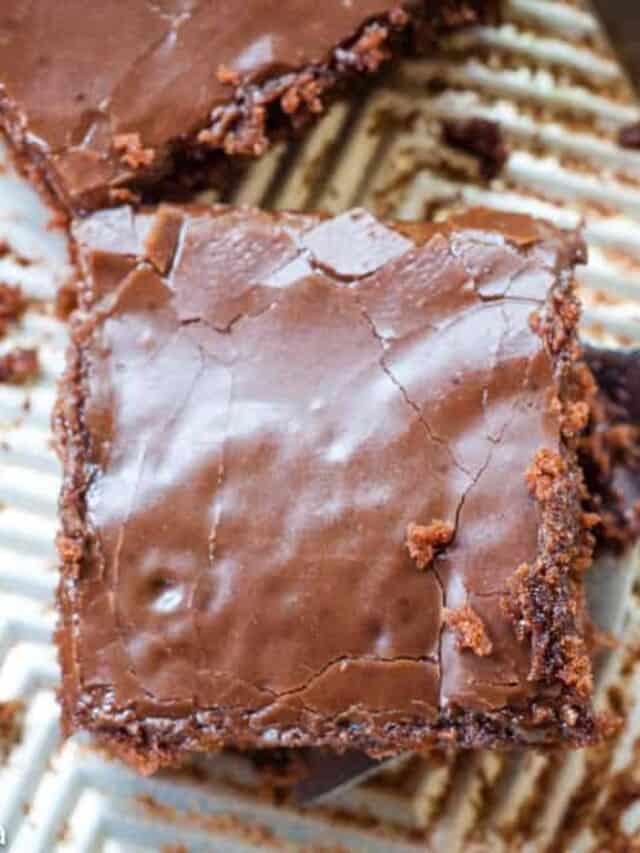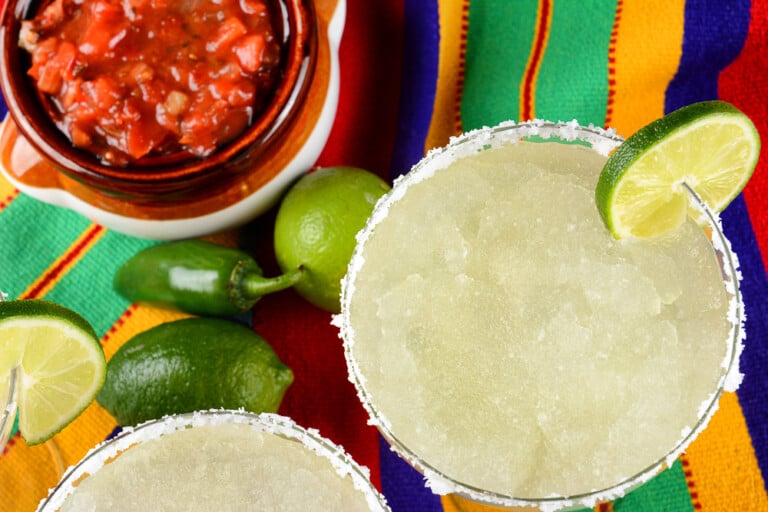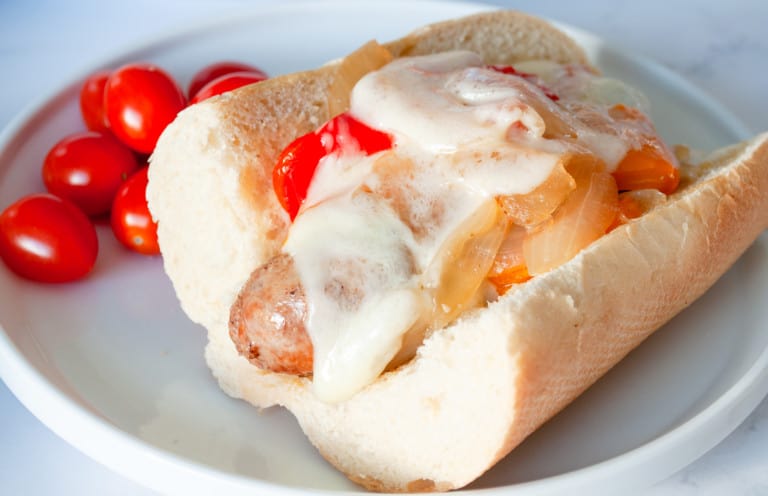This post has affiliate links. As an Amazon Associate, I earn from qualifying purchases. Thank you for your support.
With its delightful aroma and rich flavor, vanilla is a staple in every baker’s pantry. From classic vanilla extract to the more specialized forms like vanilla paste and vanilla sugar, this versatile ingredient not only adds the most delicious flavor to all kinds of recipes but also brings a touch of sophistication to sweet and savory dishes.
What is vanilla?
Vanilla beans are seed pods from an orchid plant. This tropical plant grows across multiple regions, with the best varieties coming from Madagascar, Tahiti, and Mexico, and each has its own distinct and captivating flavors.
You can get vanilla in various forms, including whole beans, powder, extract, bean paste and sugar. Experiment with them all to find your favorites. For the best flavor, source your vanilla from a company that specializes in the very best quality vanilla products.
Whole vanilla beans
Whole beans offer the most authentic and intense vanilla flavor.
Vanilla beans, with thousands of flavorful seeds, are rich and aromatic. The beans contain both the tiny seeds and the aromatic oils from the vanilla pod. Using whole vanilla beans requires a bit more effort, but the results are worth it. I love using them in a variety of recipes that will show off all of the tiny seeds, such as ice creams, custards, infused syrups, sauces, drinks and all types of baked goods like this rustic vanilla bean skillet cake.
When a recipe calls for the seeds from a vanilla bean. Use a paring knife to split the pod. Then scrape the black seeds out of the pod by turning the knife on it’s side and scrape it down the inside the pod with the dull side. What you’re scraping out are the beans seeds and they can be used in recipes calling for vanilla beans seeds.
Save that pod!! We’ve got a use for it down in the vanilla sugar section!
Different types of vanilla bean pods exist but look for Grade A vanilla beans when baking. Opt for Grade B beans with their lower moisture content when making vanilla extract.
Equivalents
A single whole vanilla bean equals about 1 tablespoon of vanilla extract. Depending on the size of the vanilla bean pod, you can expect ½ to 1 teaspoon of seeds. Use them wherever you want fresh and intense vanilla flavor.
“Vanilla and coffee together is the ultimate flavor combination for me. I make a vanilla simple syrup with vanilla beans that is delicious in my morning lattes, as well as cocktails. Using real vanilla beans over extract gives a richer, more robust pop of vanilla flavor.”
— Susannah Brinkley, Feast + West
Vanilla bean paste
No vanilla bean? No problem; use vanilla bean paste for the same flavor. This thick paste is made by blending ground vanilla beans with concentrated vanilla extract. The paste is smooth and velvety with tiny black vanilla seeds and the rich aroma of the vanilla pod. It keeps well in the pantry nd the flavor can’t be beat! You still get the great flavor and the visible vanilla specks without having to keep beans on hand.
When I know the seeds of the vanilla bean will be visible in a recipe, I like to use vanilla bean paste to see the seeds, like in this recipe for vanilla bean banana cake. You can add the paste to icing, custards, and sauces for added visual appeal.
Equivalents
Substitute vanilla bean paste with an equal quantity of vanilla extract.
Vanilla extract
Vanilla extract is a popular choice for adding flavor when baking. It works well with various ingredients and adds a subtle floral and sweet taste to baked goods. The vanilla brings out the wonderful rich flavor when I bake oatmeal cookies. This versatility also makes it suitable for enhancing flavors in drinks and savory dishes.
To qualify as an extract, vanilla extracts must contain a minimum alcohol content of 35 percent. If it doesn’t have that minimum it’s just a flavoring. And remember if you’re making your extract use Grade B pods because they contain less moisture.
Vanilla powder
Experience the flavor of vanilla with the convenience of vanilla powder. Vanilla powder is a dry, concentrated form of vanilla flavor made by grinding whole vanilla beans into a fine powder. Search for unsweetened vanilla powder to ensure you receive the finest taste and aromatic qualities.
Vanilla powder is a convenient alternative to using whole beans or vanilla extract. It’s perfect to use when you want vanilla flavor but can’t use the extract, such as on top of baked goods or when making a spice blend. It tastes great sprinkled on top of coffee or cocoa. Sprinkle it on baked goods or oatmeal. Experiment and see how you like it.
Vanilla powder is a great choice for those who need to avoid extracts made with alcohol. It adds rich vanilla flavor but, unlike vanilla extract, is alcohol-free.
Equivalents
Use 1/2 teaspoon of vanilla powder instead of 1 teaspoon of vanilla extract.
Vanilla sugar
Enhance your recipes by incorporating the subtle sweetness of vanilla sugar. Vanilla sugar is granulated sugar infused with vanilla beans, providing a delightful hint of vanilla flavor to your recipes. You can use it in any recipe that requires sugar.
You can make your vanilla sugar by splitting open vanilla beans and placing them in a jar with white sugar. Cover and leave the jar to rest for a couple of weeks.
Use it any way you like; here are a few suggestions:
- Add the sugar to baked goods recipes or top your unbaked quick bread for a sweet and flavorful topping.
- Roll cookies in the vanilla sugar.
- Use in ice creams, sauces, custards, and even in these roasted strawberries.
- Sprinkle vanilla sugar on top of bread or pies before baking for a sweet vanilla-flavored topping.
- Make a simple vanilla syrup by dissolving vanilla sugar in water to create a syrup to sweeten drinks like Italian sodas or iced coffees or drizzle over desserts.
- Use vanilla sugar to rim cocktail or mocktail glasses for a sweet and aromatic touch.
“I use vanilla not only in my baking, where it adds to the depth of flavor, but also in some of my savory dishes. A little bit of vanilla extract in a pot of chili or beef stew, for example, or a vanilla bean with some butter when I roast fish in foil, really adds to the dish in ways you don’t expect. Try it!”
— Michelle Price, Honest and Truly
Discover the versatility of vanilla through rich vanilla paste, sweet vanilla sugar, whole vanilla beans and more. Find a manufacturer who grows naturally farmed, sustainably sourced, high-quality vanilla, allowing you to enhance flavors in desserts and beverages using these different types of vanilla, each with its own unique and irresistible appeal.
